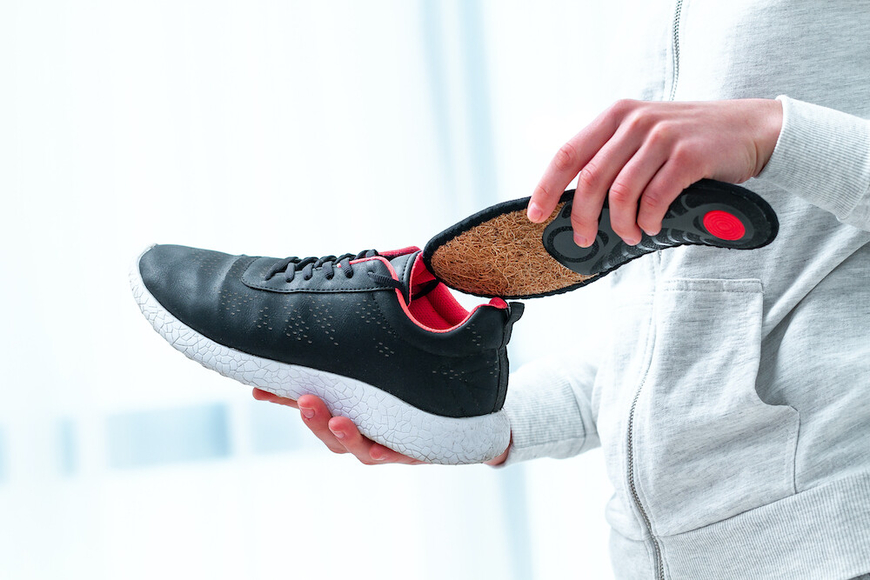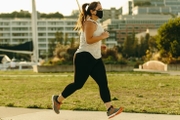Shoe Inserts & Orthotics For Runners

It is springtime! Even though Vermont just got about 6 inches of snow this week, I am staying hopeful that summer is on its way! As the weather starts to improve, many of you will be getting outside and going for runs. Running is an excellent way to stay fit, improve cardiovascular health, and tire the body out to allow for a more restful night of sleep. However, running for long distances can lead to injuries and shoe insoles can be helpful in preventing some of these injuries. Here is what you need to know about the different types of shoe inserts and what they do for the foot/ankle to help reduce the likelihood of developing lower extremity injuries.
Why use shoe inserts?
Inserts for runners can be very effective at providing support for the foot and ankle to enhance performance of the lower extremity and reduce the amount of extraneous motion that may be happening at the foot/ankle. A stock insert in a running shoe does not provide any additional support to the arch of the foot, as well as the heel, which means the repetitive landing and pushing off the foot while running can lead to overuse injuries over time. Some common injuries seen in runners include plantar fasciitis, patellofemoral pain, IT band syndrome, shin splints, etc. Inserts can help reduce the incidence or severity of developing these injuries. However, there is no one size fits all when it comes to inserts and if you are experiencing symptoms while running, it is a good idea to seek out a clinician for the diagnosis and management of those symptoms.
What do inserts/orthotics do?
Foot inserts/orthotics are like the tires on a car. They provide a critical contact point for the foot and ankle as it accepts the weight of the body. It was once believed that orthotics work by correcting mechanical abnormalities of the foot and ankle by changing the alignment of the skeleton and preventing the foot from going into dysfunctional positions, such as foot “over pronation”. However, it is currently believed that orthotics have more of a therapeutic effect by helping to act as a cue or a guide for the foot to engage intrinsic muscles of the foot, which allows for improved support and performance.
Types of orthotics
There are prefabricated orthotics that you can buy from a store, such as the pharmacy or a local shoe store, or even online. There are also customized orthotics which are orthotics specifically molded to your foot. Prefabricated orthotics have various sizes for different types of feet, including those with a higher arch, lower arch, or somewhere in-between. It is important when shopping for orthotics to try different ones on and figure out which one feels best for your foot. Comfort is an essential component of determining which orthotic is right for you. For individuals with more complicated foot structure and/or those who have tried prefabricated orthotics without success, then it is time to consider custom orthotics. A mold of your foot is made by a trained clinician and an orthotic is developed to match the needs of your foot and your activities. They are certainly important for those who need it but are more costly. If you have not tried prefabricated inserts, then it would be best to try those first before moving on to custom orthotics. You can find prefabricated orthotics/inserts at your local shoe store or outdoor gear store, and I highly recommend that you try different types on at the store to help find the type that feels best for you.


